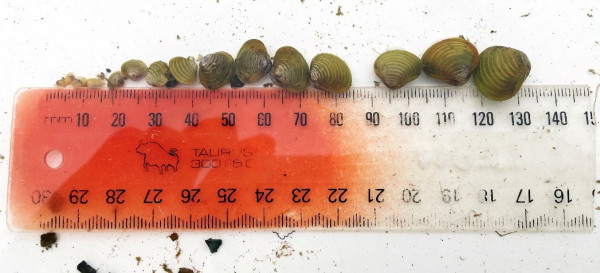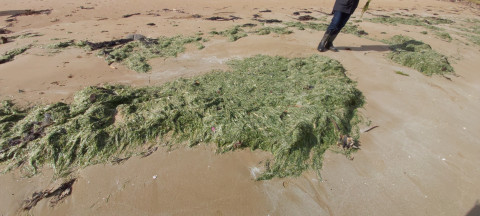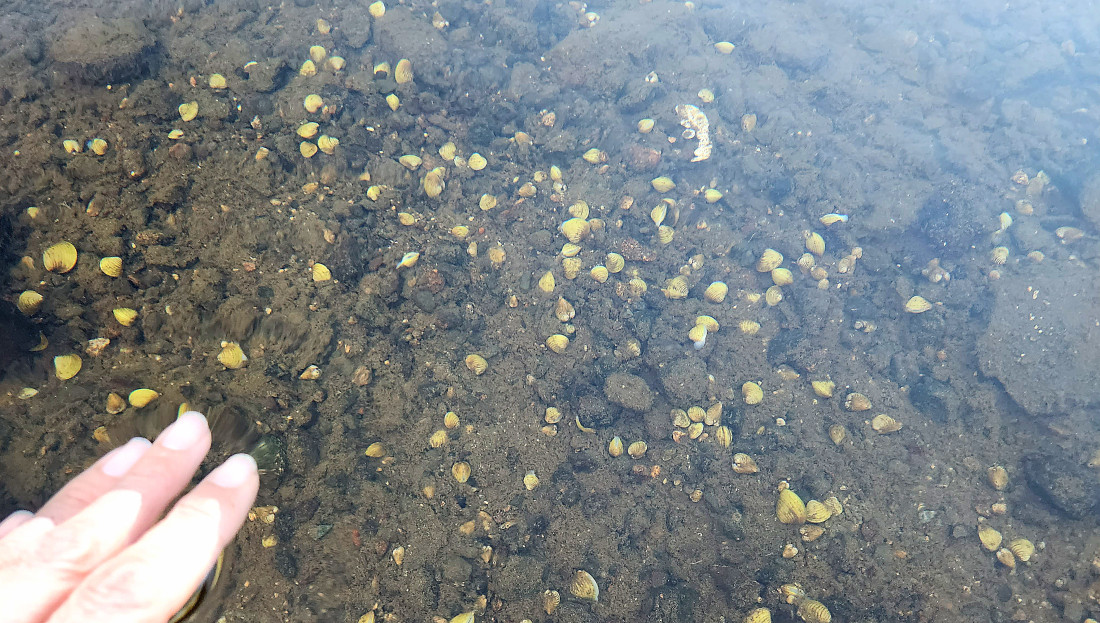Two new biosecurity responses
Date
06 July 2023
The freshwater gold clam (also known by its scientific name Corbicula fluminea) was discovered along a stretch of the Waikato River in May.
Overseas, these shellfish are a pest species because they reproduce rapidly and can clog up water infrastructure such as hydro-electricity plants, municipal water supply and irrigation systems. They are also potentially a threat to native species, as in large populations they consume a lot of plankton.
Biosecurity New Zealand Deputy Director-General Stuart Anderson says it is not known how the freshwater gold clam will behave in New Zealand conditions, but overseas it has proved difficult to control and there has been no documented successful eradication.
Initial checks have found the freshwater gold clam present over a 45-kilometre stretch of the Waikato River, from 1.5km upstream of Bob’s Landing, just upstream of Lake Karāpiro, and downriver to Hamilton.
Read more about the freshwater gold clam response

Freshwater gold clams from the Waikato River with ruler for scale.
Also in May, exotic Caulerpa was found in eastern parts of Te Rāwhiti Inlet, Northland. Biosecurity New Zealand is working in partnership with mana whenua and the Northland Regional Council on the best approach to this situation.
These introduced seaweeds can spread rapidly and form dense underwater fields. Exotic Caulerpa is easily carried on coastal currents or spread by people, tangled in anchors, anchor chains and fishing/diving gear. To help prevent the spread of exotic Caulerpa to other parts of Northland and the rest of the country, legal restrictions, known as a Controlled Area Notice (CAN), are now in force for eastern parts of Te Rāwhiti Inlet. Under these restrictions it is illegal to fish, dive or anchor a vessel in this area.
Read more about the exotic Caulerpa response

Beach-cast mat of the seaweed.
Suspected sightings can be reported to Biosecurity New Zealand on 0800 80 99 66 or by completing an online form. It is helpful to note the precise location and provide a close-up photo of the clam as well as one that shows the surroundings, while not disturbing the organism.
